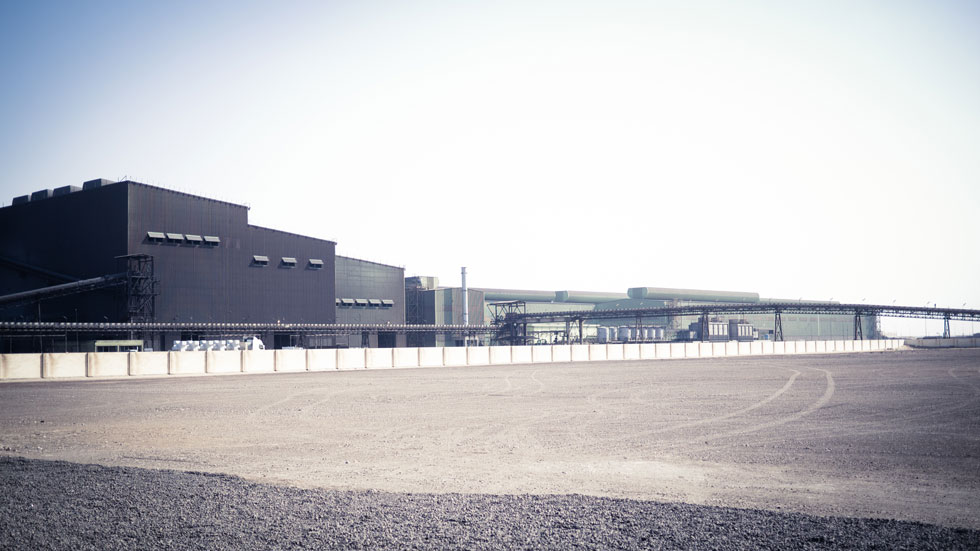Industrial REITs own and manage industrial facilities and rent space in those properties to tenants. Some industrial REITs focus on specific types of properties, such as warehouses and distribution centers. Industrial REITs play an important part in e-commerce and are helping to meet the demand for rapid delivery.
With demand outstripping supply for the past seven quarters, industrial has remained a darling sector for real estate investors. According to CoStar data, as of the fourth quarter of 2022 (the latest data available), industrial enjoyed a near all-time high occupancy rate at 96.1% and annual double-digit rent growth of 11.1%. From a property fundamentals perspective, industrial is the best positioned sector of the four traditional property types.
Although recession fears and increasing commercial real estate defaults have elevated the perceived risk of the industry, industrial REITs continue to be well-prepared to navigate this period of uncertainty. Data from the Nareit Total REIT Industry Tracker Series (T-Tracker®) for the fourth quarter of 2022, the latest data available, show that despite headwinds, equity industrial REITs delivered solid operational performance and maintained strong balance sheets.
From an operational perspective, on average, industrial T-Tracker® data show that:
- Same-store net operating income experienced an 8.8% year-over-year gain, underscoring that industrial REITs are keeping up with inflation; and
- Average occupancy remained at lofty levels, up slightly to 8% from 97.1% in the third quarter.
Industrial REITs have maintained long-term, well-structured debt along with low levels of leverage. Specifically, on average, industrial T-Tracker data show that:
- Leverage ratios remained near historical lows with debt-to-market assets at 23.1%;
- Unsecured debt accounted for 84.6% of total debt;
- Fixed rate debt accounted for 85.3% of total debt;
- Weighted average term to maturity of industrial REIT debt was 93.8 months; and
- Weighted average interest rate on total debt was 3.1%.
The recent divergence of U.S. public and private real estate markets in 2022 has increased the attractiveness of industrial REITs. A review of historical market dynamics shows that industrial REIT total returns have tended to bounce back—and even surge—after periods of significant REIT underperformance relative to private industrial real estate (relative performance troughs). Post-trough analysis from 2000 to 2022 shows that industrial REIT four-quarter total returns averaged 55.5%; the private industrial real estate average was 6.6%.
Differences in capitalization rates also capture the U.S. public-private real estate market divergence. As of the fourth quarter of 2022, T-Tracker data show that the industrial REIT implied cap rate was 4.5%, which is approximately 70 basis points higher than the industrial private market cap rate. Today, REITs offer investors access to institutional quality properties with best-in-class operators at substantially discounted prices relative to the private market.
- 8.8%: Keeping pace with inflation, industrial REIT same-store net operating income grew by 8.8% year-over-year in the fourth quarter of 2022.
- 15%: All else being equal, the industrial cap rate spread between public and private real estate markets suggests that industrial REITs are priced more than 15% below their private counterparts.
- 55.5%: On average, industrial REITs outperformed private industrial real estate, 55.5% to 6.6%, in the four-quarters after a relative performance trough from 2000 to 2022.
Below is a list of Nareit member companies from the industrial sector.
